Industry information
Company News
- Curtain wall aluminum veneer: creating a fashionable "coat" for modern architecture
- Fluorocarbon aluminum veneer: the fashion darling of the aluminum industry, your new home choice?
- 2. "The architectural aesthetics of aluminum veneer separated by a board" 3 Aluminum veneer curtain wall: building
- Aluminum veneer: creating a unique texture for modern architecture
- Aluminum veneer customization, creating a new choice for personalized space!
Industry dynamics
- Aluminum veneer 3mm thickness carving process
- Efficient and energy-saving perforated aluminum veneer
- Aluminum veneer hollow ceiling achieves both spatial aesthetics and practicality
- The difference between fluorocarbon aluminum veneer and ordinary aluminum veneer
- Aluminum veneer: the green guardian of modern architecture
Frequently asked questions
- Is there a wide range of color options for aluminum veneer?
- Is the use of aluminum veneer limited by geographical environment?
- Can aluminum veneer be applied to the exterior design of sports buildings?
- What is the thermal expansion coefficient of aluminum veneer?
- Can aluminum veneer be used for building canopy design?
contact us
Mobile:+86 15627778610
Email: 2201229786
Address: No. 5 Binjiang Road, High tech Zone, Zhaoqing City, Guangdong Province
Environmentally friendly material selection for aluminum veneer prices
- Author: Xinlongtai Aluminum Industry (Guangdong) Co., Ltd
- Release time: March 2, 2025 03:13:19
- Click:0
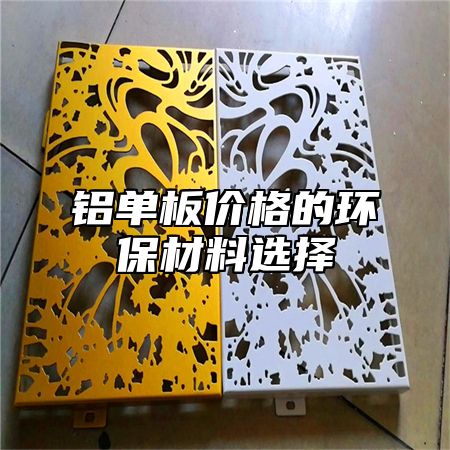
With the continuous improvement of people's environmental awareness, more and more consumers are choosing environmentally friendly materials.Aluminum veneerAs a widely used material in fields such as construction and decoration, its environmental performance has also received much attention. This article will explore the selection of environmentally friendly materials from the perspective of aluminum veneer prices, in order to help consumers better understand the changing trends in the aluminum veneer market.
1、 Principles for selecting environmentally friendly materials
When choosing aluminum veneer, the following principles should be considered:
1. Compliance with national standards: Aluminum veneer must comply with relevant national environmental standards, such as GB/T24001-2016 "Environmental Management System Requirements" and GB/T14846-2010 "Aluminum plastic Composite Panels for Building Use".
2. Non toxic and harmless: Aluminum veneer should be made of non-toxic and harmless raw materials, without harmful substances, and will not affect human health.
3. Recyclable: Aluminum veneer should use recyclable raw materials to reduce resource waste and environmental pollution.
4. Energy saving and environmental protection: Aluminum veneer should have good energy saving and environmental protection performance, which can effectively reduce energy consumption and environmental pollution.
2、 Types and characteristics of environmentally friendly materials
There are currently two main types of environmentally friendly aluminum veneers on the market: one is made of polycarbonate (PC) material; Another type is aluminum veneer coated with fluorocarbon paint. Both of these materials have the following characteristics:
1. Aluminum veneer made of polycarbonate (PC) material: This material has excellent weather resistance, UV resistance, and wear resistance, which can effectively prevent aluminum veneer aging and fading; It also has good thermal insulation and sound insulation properties, which can effectively reduce energy consumption and environmental pollution.
2. Aluminum veneer coated with fluorocarbon paint: This material has excellent weather resistance, corrosion resistance, and durability, and can be used for a long time in outdoor environments without fading; At the same time, it also has a good decorative effect and can meet the needs of different consumers.
3、 Conclusion
The selection of environmentally friendly materials is crucial for the use of aluminum veneer. Consumers and manufacturers should make choices based on the above principles and weigh them according to actual needs. Only in this way can we better protect the environment and achieve the goal of maximizing economic benefits.

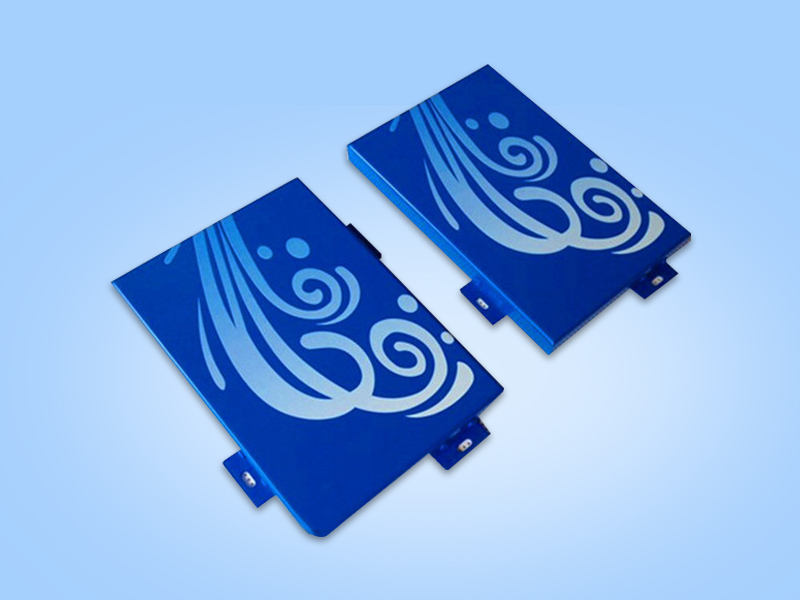
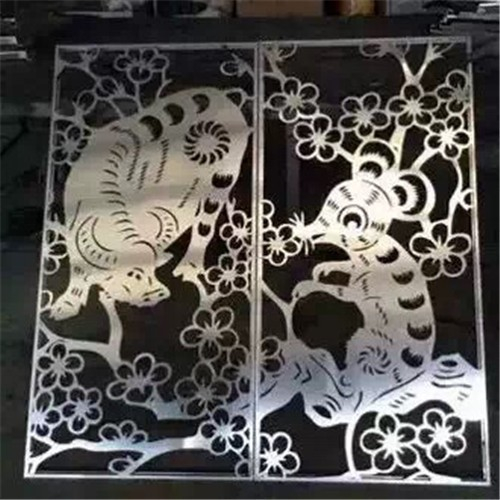
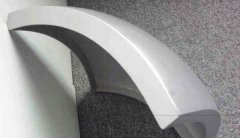
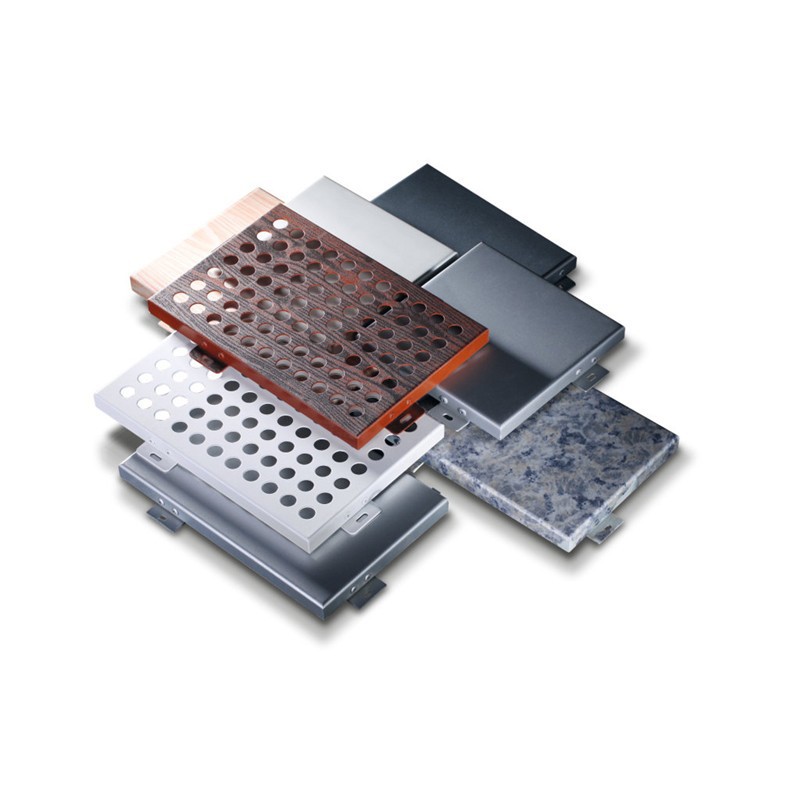
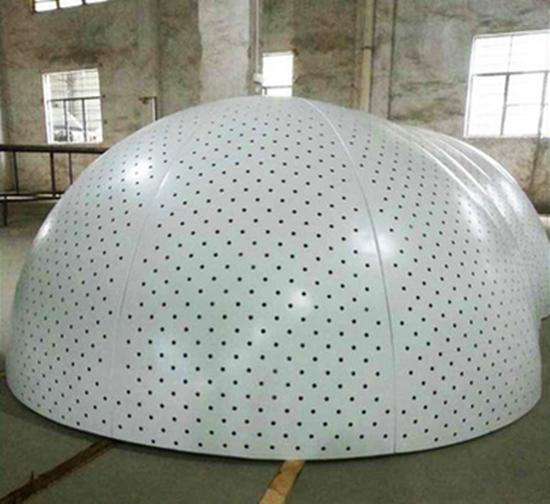
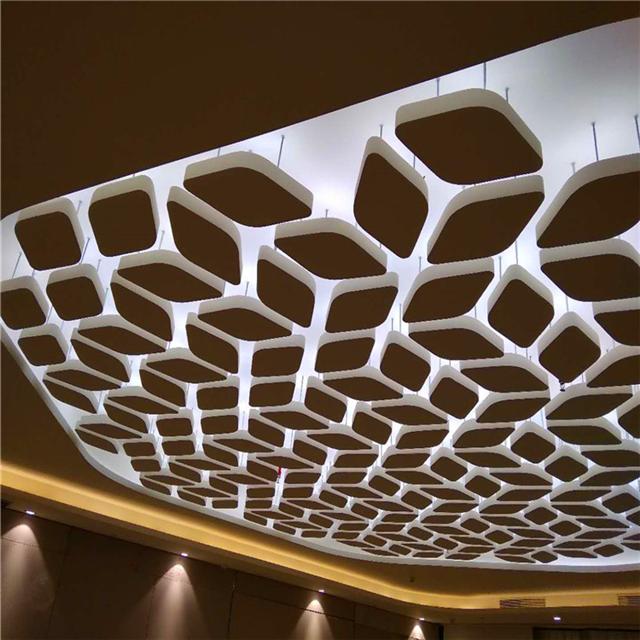
 Customer service QQ
Customer service QQ